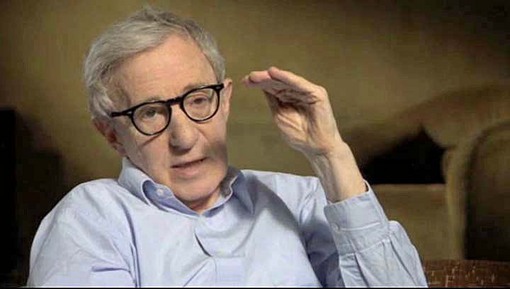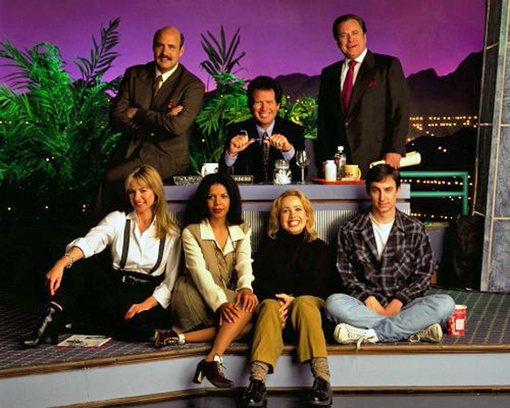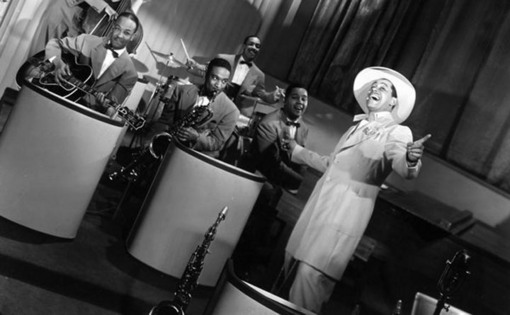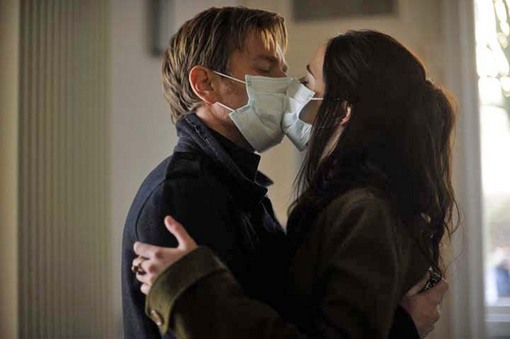“Cab Calloway: Sketches” premieres at 10 p.m. ET/PT Monday, February 27 on PBS’s “American Masters” (check local listings), and PBS on demand after that.
When I was 10, I snuck into my first R-rated movie and caught my first glimpse of Cab Calloway. Mind you, I’d heard him numerous times, as my folks had “Minnie the Moocher” on a 45. But much like the young audience who flocked to “The Blues Brothers” in 1980, I’d never actually seen him before. Until his musical number, Calloway looked like a nice old man. But once the strains of “Minnie the Moocher” started playing, he became something astonishing. He was hypnotic, dressed to the nines, with dreamlike movements and straight hair he shook like no Black person I knew. He was delivered to me the size Cab Calloway should always be delivered: On a big movie screen. I was in awe. 31 years later, I attended a midnight screening of “The Blues Brothers” at the IFC Center in New York City. Despite my familiarity with Calloway’s appearance and his other movies, I had the same reaction to seeing him on the big screen. That film remains the only time I’ve seen him in those dimensions, and he’d lost none of his allure.
Calloway’s appearance in “The Blues Brothers” features in the final act of “Cab Calloway: Sketches,” Gail Levin’s documentary for PBS’s “American Masters.” Director John Landis and the Memphis musicians who made up the Blues Brothers band discuss their time with the self-proclaimed “Hi-De-Ho Man.” Steve Cropper, Donald “Duck” Dunn and Lou Marini speak of Calloway’s constant dapperness and the aura any living legend carries around. He told them stories, had a good time with the actors, and scared the hell out of his director during a recording session of the song Calloway pressed to vinyl in 1930. “Sketches” covers the origins of both Calloway and his leading lady, Minnie.
“Sketches” begins B.M., that is, before “Minnie the Moocher,” with Cab Calloway at the Savoy Ballroom in Harlem. The Savoy was where people went stompin’–it was the biggest Black dance club in town. They called it “The Land of Happy Feet.” If you played there, you’d arrived (at least to Black folks you had). Calloway appears with his band, the Alabamians, who, according to historian Gary Giddins, “had nothing to do with Alabama. ” Upon arrival, Cab and company got into a “Battle of the Bands” with Savoy favorites, The Missourians. “They got their asses beat, ” says Giddens, and Calloway, here in clips from an interview he conducted in his later years, seconds that notion. “But when the Missourians were looking for a new leader, they remembered me, ” says Calloway. His career immediately got a boost.
December 14, 2012












